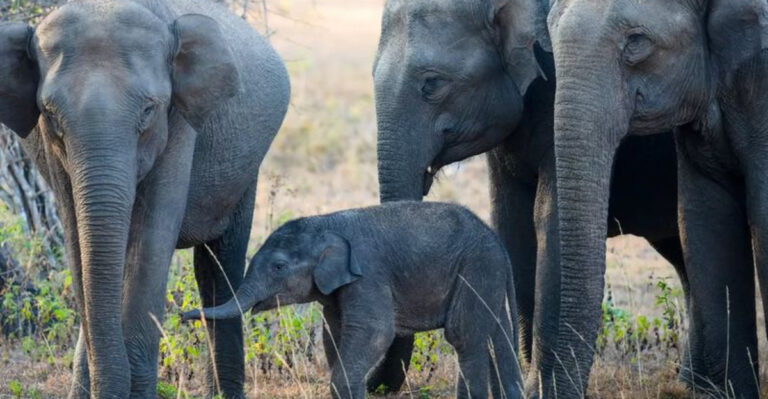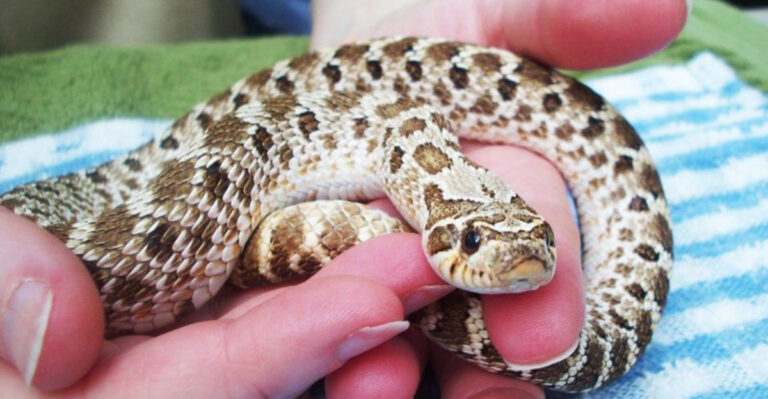This Cactus Forest Is Home To Hundreds Of Rare Birds
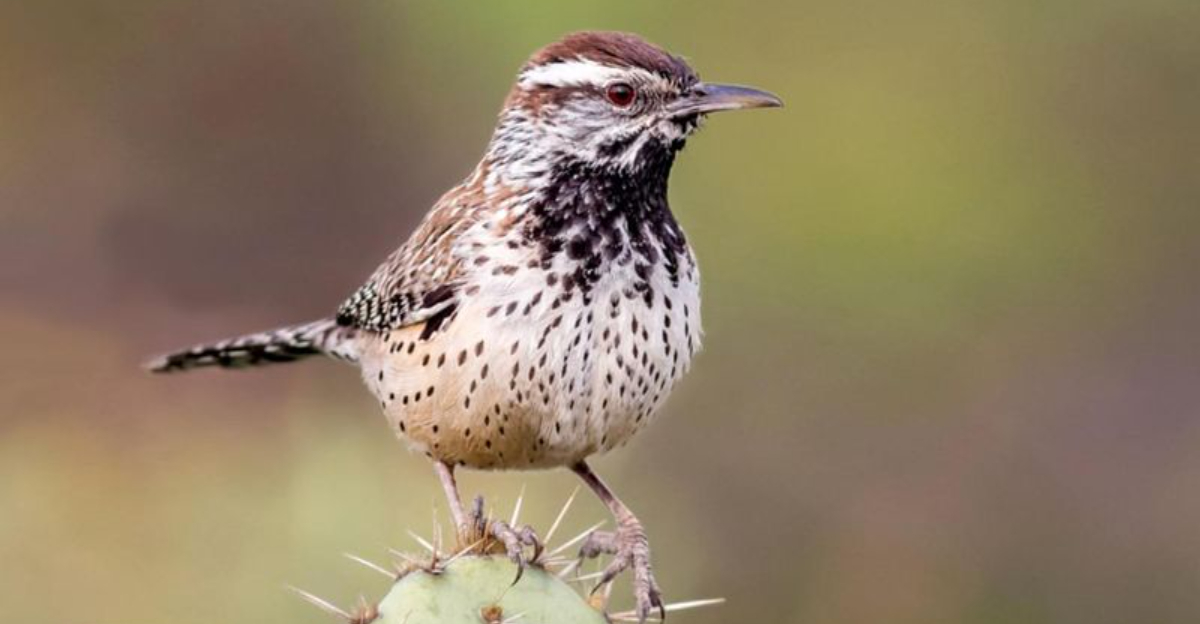
Nestled in the heart of the American Southwest lies a remarkable ecosystem unlike any other. Towering saguaros and organ pipe cacti create a bizarre forest where traditional trees are replaced by spiny columns reaching for the sky.
This unique landscape has become a sanctuary for hundreds of bird species, many found nowhere else on Earth, creating one of the most extraordinary avian habitats in North America.
1. Located In The American Southwest Desert Region

Spanning parts of Arizona, New Mexico, and northern Mexico, this prickly paradise thrives in one of North America’s harshest environments.
Summer temperatures regularly soar above 110°F, creating extreme conditions that have shaped both plant and animal adaptations over millennia. Despite these challenges, life flourishes among the cacti.
2. Home To Hundreds Of Unique Bird Species

Flashes of color dart between the spiny giants as over 200 bird species call this unusual forest home. Brilliant vermilion flycatchers provide splashes of crimson, while Gila woodpeckers drill nest cavities into the fleshy cactus columns.
From tiny hummingbirds to majestic hawks, the diversity is astonishing considering the seemingly inhospitable terrain.
3. Columnar Cacti Replace Traditional Tree Canopies

Imagine walking through a forest where trees have been replaced by giant, spiny columns reaching 40-60 feet skyward!
These cacti, primarily saguaros and organ pipes, create a woodland-like structure despite the desert setting. Their unique architecture provides nesting spots at various heights, mimicking the layered habitats found in conventional forests.
4. Many Birds Here Are Rare Or Threatened
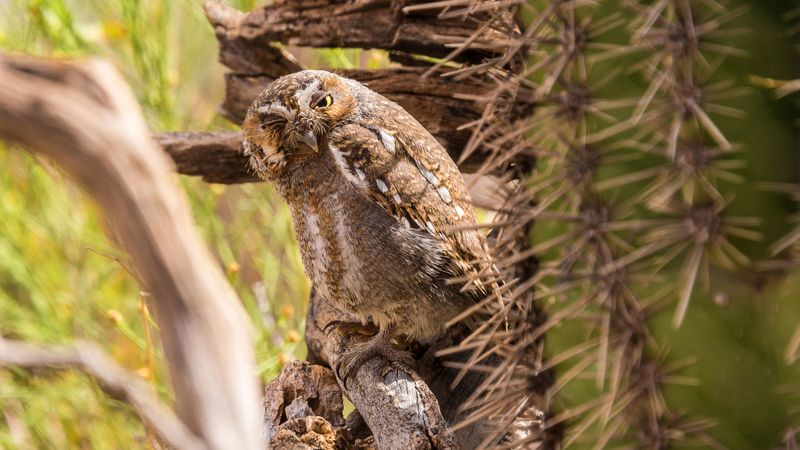
Among the feathered residents, several species face uncertain futures due to habitat loss and climate change.
The elegant Elf Owl, no bigger than a sparrow, represents the world’s smallest owl species and depends entirely on these cactus forests. Cactus ferruginous pygmy-owls, once common, have declined to fewer than 50 breeding pairs in some regions.
5. Some Species Are Found Nowhere Else On Earth
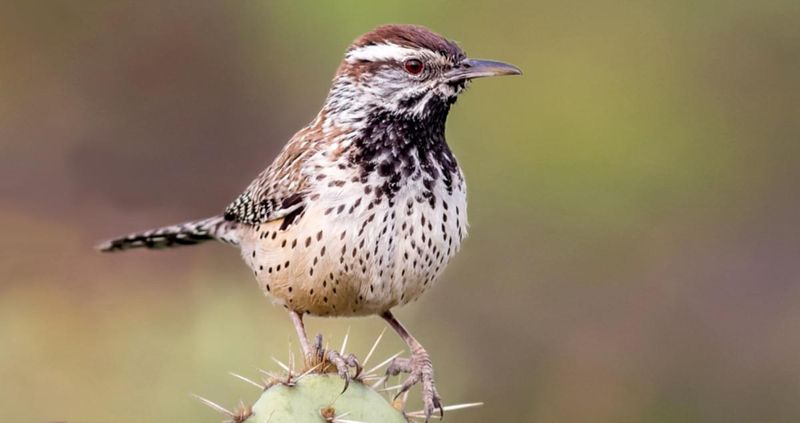
Evolution’s laboratory has produced birds perfectly adapted to this spiny realm that exist nowhere else globally.
The cactus wren, Arizona’s state bird, builds intricate nests exclusively among dense cactus spines. Bendire’s thrasher sings complex melodies while foraging among the desert floor, their specialized beaks designed for this specific environment.
6. Cacti Provide Nesting Sites And Shelter

Woodpeckers act as cactus architects, creating homes that benefit countless species through a remarkable housing chain.
Gila woodpeckers and gilded flickers excavate nest cavities in living saguaros, which form protective calluses around the openings. After the woodpeckers move on, these ready-made apartments become prime real estate for owls, kestrels, and even desert bats.
7. Birds Use Spines For Predator Protection

Sharp spines become natural security systems for vulnerable nesting birds. Curved like fishhooks and capable of piercing skin with ease, these thorny defenses keep predators like snakes and raccoons at bay.
Smaller birds deliberately build nests deep within the most densely-spined sections, creating impenetrable fortresses for their vulnerable young.
8. Harsh Climate Drives Remarkable Bird Adaptations
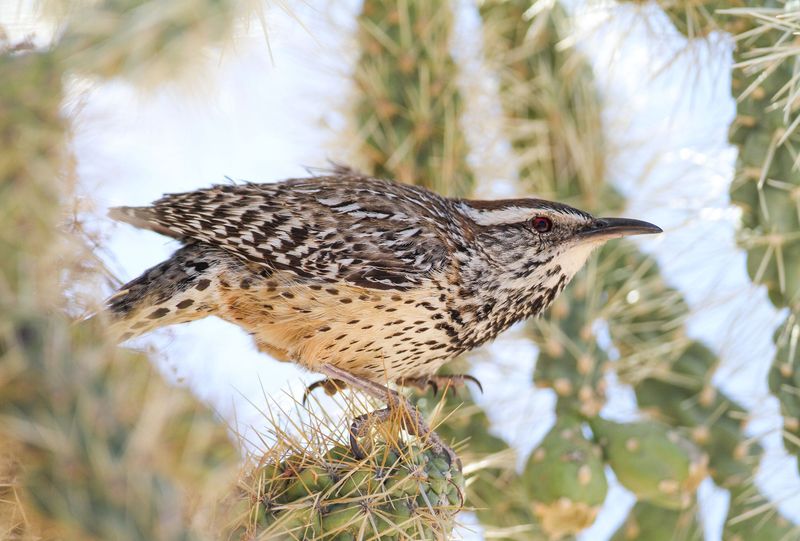
Surviving summer infernos requires evolutionary ingenuity that borders on the miraculous. Many desert birds possess specialized kidneys that concentrate waste, requiring minimal water consumption.
Some species can lower their body temperatures several degrees to prevent overheating. Others become crepuscular, limiting activity to dawn and dusk to avoid the scorching midday sun.
9. Birds And Cacti Have A Symbiotic Relationship
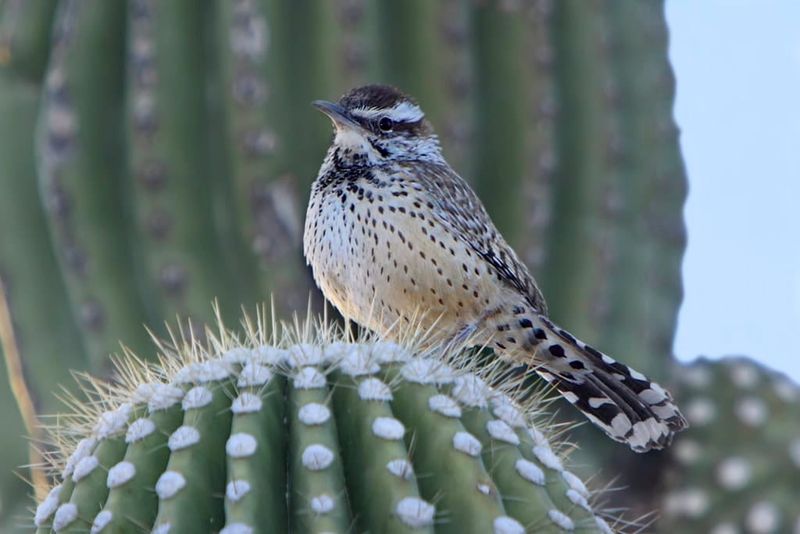
Nature’s perfect partnership unfolds as birds and cacti rely on each other for survival in this harsh landscape. Birds feast on cactus fruits and spread seeds through their droppings, helping cacti reproduce across vast territories.
Meanwhile, cacti provide essential water sources during drought periods, as birds peck into the fleshy stems to access stored moisture.
10. Habitat Supports Year-Round And Migratory Birds

Beyond permanent residents, the cactus forest transforms into a crucial waystation for thousands of migratory travelers. Hummingbirds making incredible journeys between North and South America refuel on cactus nectar during spring blooms.
Winter brings northern species seeking warmer climates, temporarily doubling the bird population during peak migration seasons.
11. Ecosystem Draws Scientists And Birdwatchers Alike
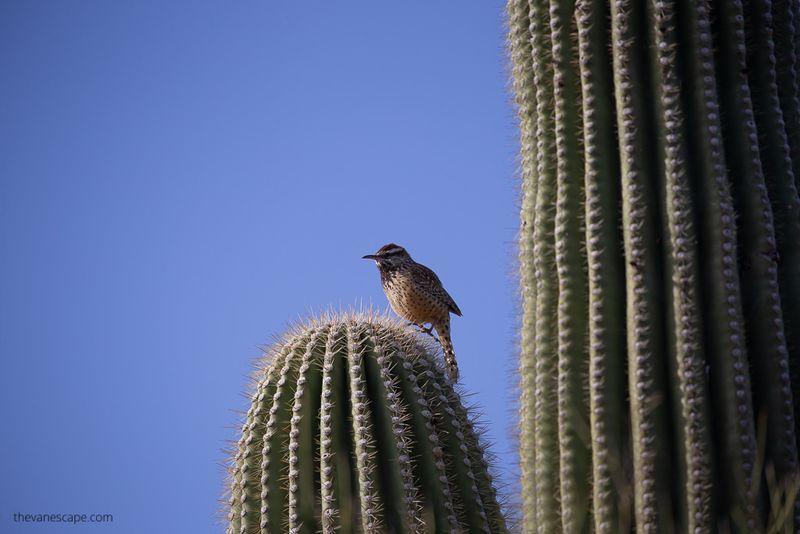
Passionate birders travel thousands of miles for glimpses of the cactus forest’s feathered treasures. Saguaro National Park and surrounding preserves host specialized bird tours where enthusiasts can spot dozens of species in a single morning.
Researchers continue discovering new insights about avian adaptation, with recent studies revealing how climate change threatens this delicate balance.

